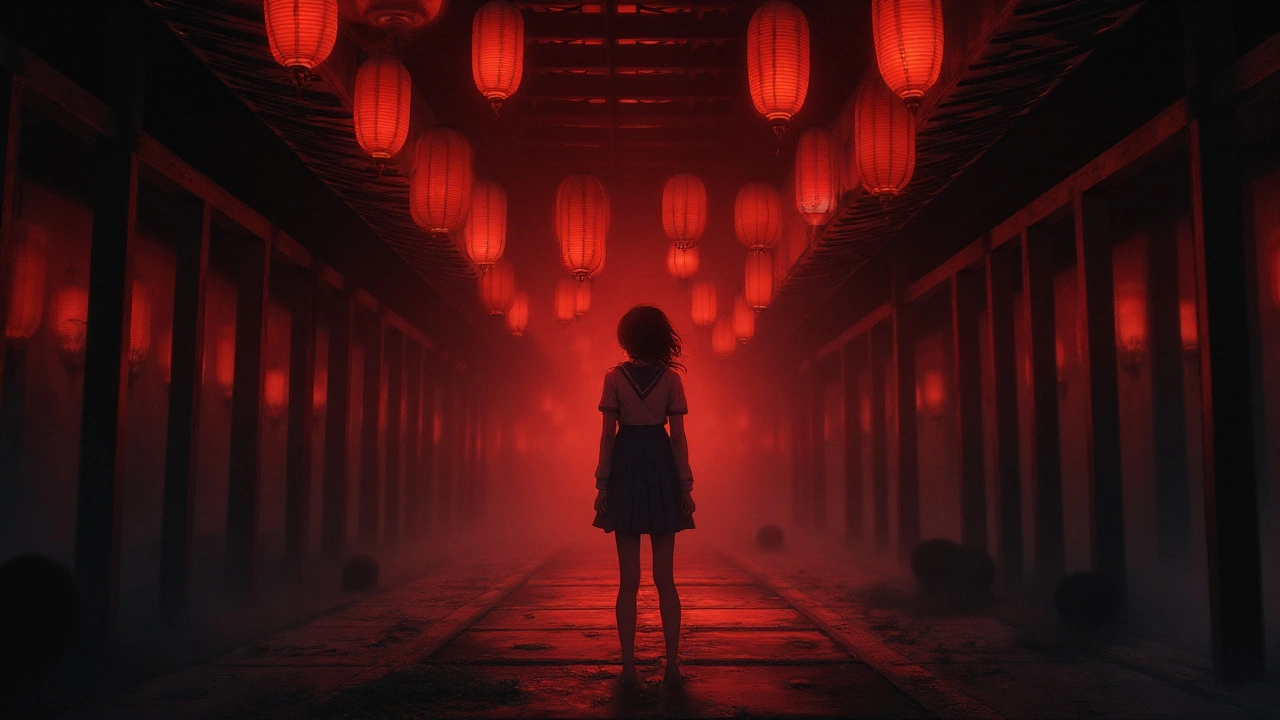Survival Horror Explained: What It Is and Why You’ll Love It
If you’ve ever felt your heart pound while a monster crept around a dark hallway, you’ve tasted survival horror. It’s a mix of scary story, limited resources, and a feeling that every step could be your last. The genre isn’t just about jump scares – it’s about building tension, making you think, and forcing you to survive with whatever you’ve got.
Key Ingredients of a Good Survival Horror
First, there’s the atmosphere. Dim lighting, creepy sound design, and empty spaces make you uneasy before anything even happens. Second, resources are scarce. You’ll have limited ammo, health packs, or even a flashlight, so you learn to conserve and plan. Third, the enemies are relentless. They don’t just chase you; they mess with your mind, forcing you to choose between hiding or fighting.
All three combine to keep you on edge. If any one is missing, the experience feels flat. That’s why the best titles focus on each part and make them work together.
Must‑Play Survival Horror Games
Here are a few games that nail the formula:
Resident Evil series – Classic resource management with zombies and big‑boss monsters. The later titles add more action, but the core fear stays.
Silent Hill – Uses fog, unsettling music, and psychological horror to mess with your head. It’s less about ammo, more about atmosphere.
Amnesia: The Dark Descent – No combat, just hiding and solving puzzles while a sanity meter drops if you stare at too much darkness.
Outlast – You’re a journalist with a camcorder, not a gun. Running and hiding are the only tools, which makes every chase feel wild.
Each game teaches a different survival skill: saving ammo, managing fear, or navigating without a map. Play a couple and you’ll start spotting patterns in any horror you watch or read.
Tips for New Survival Horror Fans
1. Take your time. Rushing through a level often means more deaths. Move slowly, listen to sounds, and check corners before you step in.
2. Save often. Most games let you save at certain spots. Use them. If you die, you’ll be back near where you left off instead of starting over.
3. Conserve resources. Don’t fire a gun at a distant creep. Save ammo for big threats. Use melee if you can.
4. Learn the patterns. Enemies usually have a routine. Spot it and you can avoid or trap them.
5. Embrace the fear. The genre works because you’re scared. Let the tension build – it makes the payoff sweeter.
Survival horror isn’t just a game genre; it’s a mindset. Whether you’re playing a game, watching a movie, or reading a creepy story, the same rules apply: stay alert, use what you have, and never underestimate the power of a good scare. So grab your controller, turn the lights down low, and see how long you can survive.
Silent Hill f Review Roundup: A Brutal, Beautiful Revival of Survival Horror
Silent Hill f launches with an 85 OpenCritic score and multiple perfect‑10 reviews, marking a bold new chapter for Konami’s horror legend. Set in 1960s Japan, the game follows Hinako Shimizu through nightmarish fog, fresh cultural twists, and five possible endings. Critics laud its unsettling visuals, tough puzzles, and next‑gen audio, while noting combat quirks and a relatively short campaign. The consensus: the title revitalizes the franchise without abandoning its psychological roots.
More